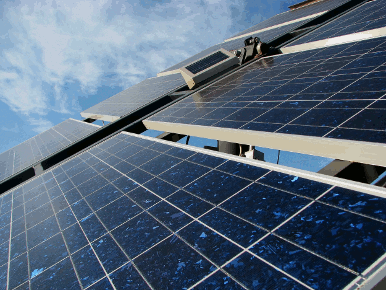Wind up battery wants to save the world. As humans, we've begun to realise just how much our actions affect the planet and its creatures, each of which is precious and has its own place in the global scheme of things. The answers as to how to ensure that we don't make more animals or even ourselves extinct are complex, but one thing is for certain, we need to live in a sustainable way.
Powered by Drupal, an open source content management system. iEarth




 The first Hydrogen Balloon being attacked by terrified French Villagers
The first Hydrogen Balloon being attacked by terrified French Villagers
